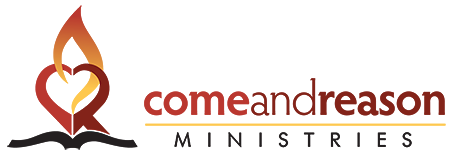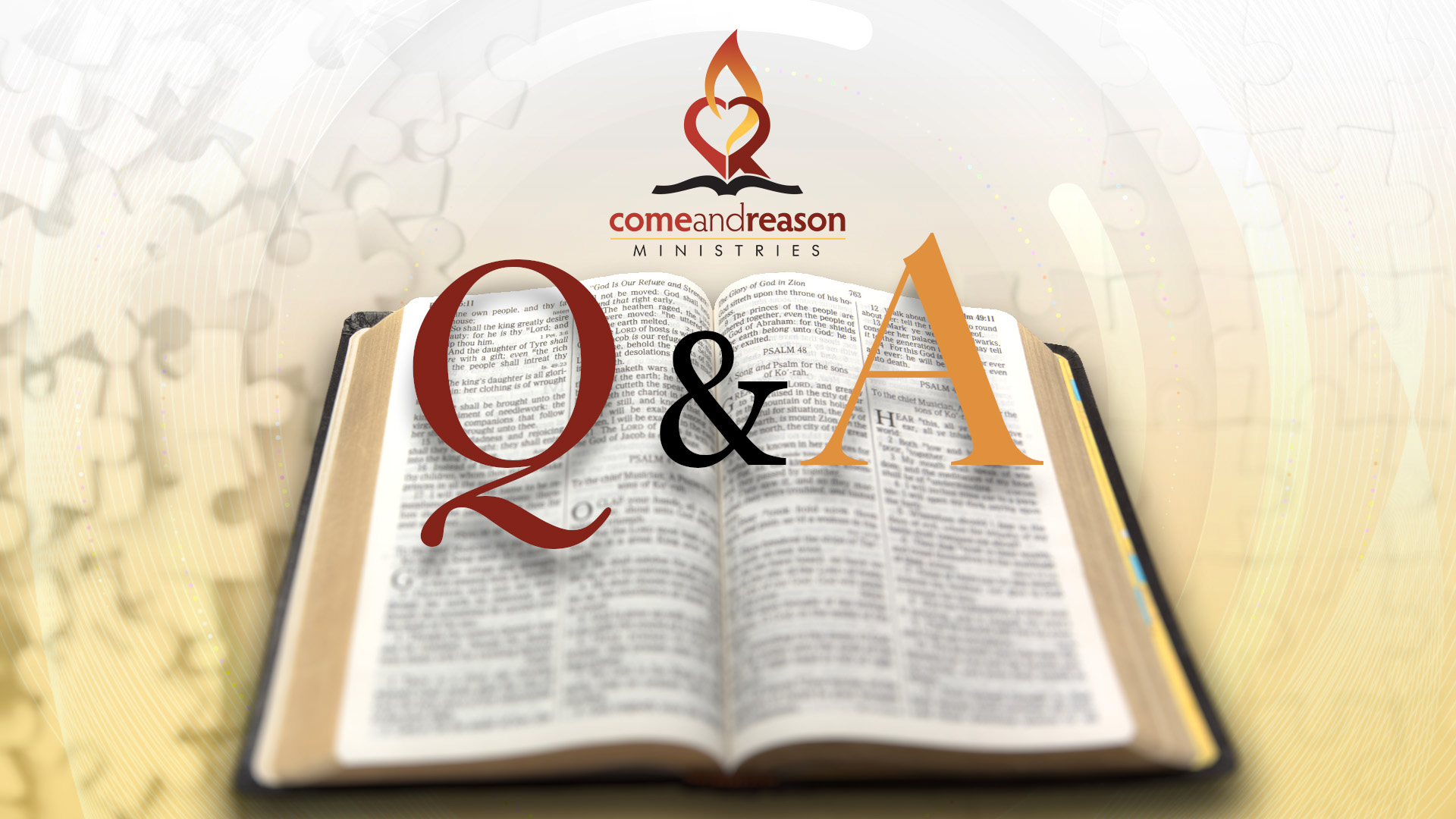In 2015, the Will Smith film Concussion, which depicts Dr. Bennet Omalu’s struggle to uncover the truth about brain damage to football players, brought international attention to Traumatic Brain Injury (TBI) and its long-term complications.
According to the Center for Disease Control (CDC), there were 2.87 million TBI-related emergency room visits in 2014 — and an estimated 817,000 children were treated for TBI-related head injuries.
While the brain sits inside the hard, bony case of the skull, it is soft, almost like a banana. This makes it vulnerable to rapid acceleration and deceleration injuries known as concussions, which occurs when the brain impacts the skull with sufficient force that it causes bruising. At each point of injury, local swelling, bleeding, and even neuronal death can occur.
Over the following hours and days, inflammation develops around the bruised area, just like injuries do elsewhere in the body. Since the skull is inflexible, the swelling pushes inward on the brain, reducing blood flow and extending the damage further across the brain adjacent to the injury and causing impairments over a much larger area; moreover, neurons in this expanded area may be damaged and unable to carry out their function. They may not die, but they will persist in an inactive or stunned state, basically not functioning for an indefinite period of time.
The immediate injury may cause loss of consciousness, or people may just feel stunned and lose track of what is happening around them. They also may have an initial headache and some confusion, which typically improves over the next several hours.
Long-term Consequences of TBI
Let’s now look at how TBI symptoms often develop after a concussion. As inflammation develops, more serious symptoms can increase, peaking over the next one to two weeks. These include headache; a confusion often described as “brain fog”; nausea; irritability, emotional lability; being overwhelmed easily; sensitivity to light and sound; impaired concentration, memory, and problems solving; difficulty multitasking; struggle with visual stimulation, such as processing information from computer or TV screens; and severe fatigue. These symptoms typically plateau and slowly improve over several months.
When brain scans reveal no gross destruction of brain matter, this type of injury is typically referred to as “mild” TBI. However, functional scans (PET, SPECT) will demonstrate impairment in blood flow and metabolism in the affected areas. These impairments in blood flow and neuronal activity may persist for years, resulting in chronic impairments of brain function with the associated symptoms described above.
These persistent symptoms can lead to further life problems, such as loss of job, relationship problems, loss of self-esteem or confidence, financial problems, mood dysregulation, and other mental health problems.
Common causes of TBI include anything that causes concussions, such as: falls — 48% of all head injuries are due to falls; being struck by or against an object — 17%, the second-most common cause; followed by motor-vehicle accidents. Other causes include bike accidents, sports injuries, and combat injuries, such being near concussive bomb blasts.
Hyperbaric Oxygen Treatment
Recently, hyperbaric oxygen treatment (HBOT) has been demonstrated to provide marked improvement in people suffering with TBI, even years after their injuries occurred. HBOT is the use of oxygen at higher-than-atmospheric concentrations and pressures for the treatment of disease. HBOT was first used in the 1930s to treat decompression sickness in divers (commonly known as “the bends”) and currently has 13 FDA-approved uses, including: gas gangrene, air embolism, osteomyelitis, radiation necrosis, diabetic ulcers, and the aforementioned decompression sickness.
Current scientific evidence suggests that HBOT can permanently and dramatically improve symptoms of chronic TBI years after the initial head injury. Understanding the physiologic effects of HBOT gives insight as to its therapeutic benefits.
Breathing room air (21% oxygen or O2) at atmospheric pressure at sea level (1 atmosphere or 1ATM), about 97 percent of the total oxygen in the blood is bound to hemoglobin and 3 percent dissolved into the blood serum. By the time the oxygen diffuses through the tissues, into the cells, and reaches the mitochondria (energy producing organelles inside the cells), only trace amounts are available. HBOT’s main function is to temporarily super-saturate body tissues with oxygen. HBOT delivering 100-percent oxygen at 1.3 ATM increases dissolved oxygen in the serum by seven-fold. HBOT delivering 100-percent oxygen at 3.00 ATM increases dissolved oxygen in the serum by more than a factor of 15. Body tissues outside the circulation will thereby experience a commensurate increase in oxygen concentration.
A warning: If a hyper-oxygenated state is maintained for long periods, it will cause significant oxidative damage to the body tissues, undermining any health benefits. Long periods of HBOT are harmful. But short, 1-hour pulses of HBOT triggers a variety of healing processes without overwhelming the body’s antioxidant systems. Current known health-inducing responses from HBOT include stimulating powerful anti-inflammatory effect, reduction of edema, increased blood perfusion, new blood vessel growth, improved immune response, enhancement of the body’s antioxidant system, improved stem-cell activity from bone marrow, improved growth of neuronal axons, and modulation of thousands of genes involved in bodily healing.
Just as with any medicinal dosing, while the right dose can heal, too much medicine can harm. With TBI, too big a dose of HBOT will worsen the condition. Dose is determined by the pressure in the chamber and the time spent in the chamber. The higher-pressure treatment of 2.0 ATM is best for infections but will worsen TBI. After several decades of research, it has been determined that TBI is best treated with lower pressures and session time limits.
The recommended HBOT protocol for TBI is currently one or more blocks of 40, 1-hour sessions delivered at 1.3 or 1.5 ATM. Case reports of individuals who have suffered with post-TBI symptoms for decades, and who prior to treatment had SPECT scans showing decreased perfusion in multiple brain regions, found not only marked improvement in function, but SPECT scans after HBOT were normal.
After treatment, patients report improvement in concentration, emotional stability, ability to multitask, and memory.
HBOT is not FDA-approved for TBI treatment. This is due to the fact that it is not possible to develop a sham treatment for it and, thus, no placebo-controlled trials have been done to demonstrate its effectiveness over a placebo. Because HBOT is not FDA approved, insurance companies will typically not pay for it.
However, if you or someone you love has suffered with TBI and struggled with functional impairments, I recommend you speak with your healthcare provider about a trial of HBOT.
References:
- Goderez, B., Treatment of Traumatic Brain Injury with Hyperbaric Oxygen Therapy, Psychiatric Times, Vol. 36, Iss. 5, May, 28, 2019. https://www.psychiatrictimes.com/tbi/treatment-traumatic-brain-injury-hyperbaric-oxygen-therapy
- Harch PG, Andrews SR, Fogarty EF, et.al. A phase I study of low-pressure hyperbaric oxygen therapy for blast-induced post-concussion syndrome and post-traumatic stress disorder. J Neurotrauma. 2012;29:168-185.
- Efrati S, Ben-Jacob E. How and why hyperbaric oxygen therapy can bring new hope for children suffering from cerebral palsy: an editorial perspective. Undersea Hyperbaric Med. 2014;41:71-74.
- Harch, P. Hyperbaric oxygen in chronic traumatic brain injury: oxygen, pressure, and gene therapy. Med Gas Res. 2015;5:9.
- Harch P, Mccullough V. The Oxygen Revolution. Hobart, NY: Hatherleigh Press; 2010.
- Mukherjee A, Raison M, Sahni T, et.al. Intensive rehabilitation combined with HBO2 therapy in children with cerebral palsy: a controlled longitudinal study. Undersea Hyperbaric Med. 2014;41:77-85.
- Harch PG, Fogarty EF. Hyperbaric oxygen therapy for Alzheimer’s dementia with positron emission tomography imaging: a case report. Med Gas Res. 2018:8:181-184.
- Jain KK. Textbook of Hyperbaric Medicine. New York, NY: Springer International Publishing AG; 2017: 345-348.









 using your credit or debit card (no PayPal account needed, unless you want to set up a monthly, recurring payment).
using your credit or debit card (no PayPal account needed, unless you want to set up a monthly, recurring payment). instead?
instead?